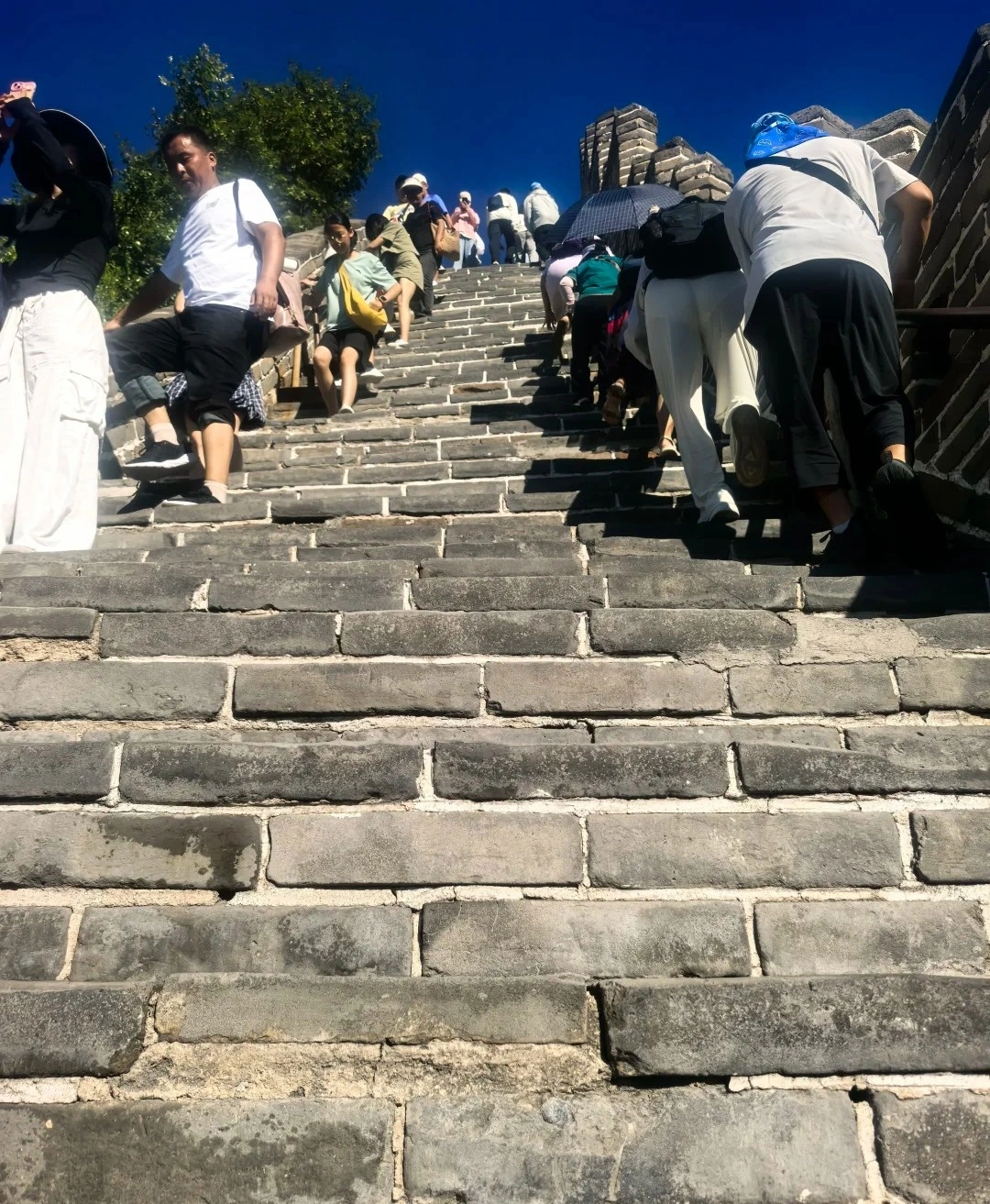Yarlung Zangbo Grand Canyon
Historical Overview
First documented by British explorers in the 19th century, the canyon’s true scale was confirmed in 1994 by Chinese scientists, who identified it as the world’s largest canyon through geological surveys. In 1998, China’s State Council officially named it the “Yarlung Zangbo Grand Canyon,” ending decades of international debate. The region holds historical significance as a contested border area, with the illegal “McMahon Line” dividing parts of the canyon between China and India. Today, it balances ecological preservation with tourism, featuring research stations and cultural exhibits.
Structural Layout
The canyon’s geology reflects the collision of the Indian and Eurasian plates, creating a complex network of faults and folds:
- Northern Section (Milin County): Starts at Daduka Village, marked by steep cliffs and the Yarlung Tsangpo River’s rapid descent.
- Southern Section (Medog County): Transitions into tropical rainforests near Bashika Village, with the river widening to 113 meters on average.
Key landmarks include the Nanga Bawa Peak, Zangbu Badong Waterfall, and the Great Bend, where the river makes a sharp 180-degree turn. The canyon’s stratigraphy spans three rock units: the Nanga Bawa Group, the Great Bend Group, and the Gangdise Group.
Major Attractions
- Nanga Bawa Peak: A sacred mountain with year-round snow cover, offering panoramic views of the canyon.
- Zangbu Badong Waterfall: A 30-meter-high cascade hidden within dense forests.
- Daduka Ancient Castle Ruins: Remnants of a 15th-century fortress at the canyon’s northern entrance.
- Tropical Rainforest Zone: Home to giant trees, ferns, and rare wildlife in Medog County.
- Monba and Lhoba Villages: Experience traditional cultures through music, dance, and Handicrafts.
Suggested Itineraries
- Classic Route (3–4 hours):
Entrance → Nanga Bawa Viewpoint → Zangbu Badong Waterfall → Daduka Ancient Castle → Exit
Highlights: Iconic peaks, waterfalls, and historical ruins. - Adventure Route (5–6 hours):
Entrance → Tropical Rainforest Trek → Monba Village Visit → Great Bend Overlook → Exit
Highlights: Rainforest hikes, cultural interactions, and river views. - Comprehensive Route (Full Day):
Entrance → Nanga Bawa Base Camp → Great Bend Boat Tour → Medog County Exploration → Exit
Highlights: Mountain expeditions, river cruises, and village tours.
Ticket Purchase
- Online: Book via the official WeChat mini-program or Ctrip (required 1–7 days in advance).
- On-Site: Limited tickets available; queues peak during holidays.
- Prices:
- Peak Season (April–October): ¥150 (adults), ¥75 (students/seniors).
- Off-Season (November–March): ¥120 (adults), ¥60 (students/seniors).
- Self-Drive Packages: ¥240–458 (includes vehicle permits and tours).
Transportation
- From Lhasa:
- Bus: 8–10 hours (¥200–300) from Lhasa’s South Bus Station to Milin County, then taxi (¥50–100) to the canyon.
- Charter: ¥600–1000/day for private cars with drivers.
- Self-Drive: Follow G318 National Highway to Milin County, then provincial roads to the canyon.
Best Time & Tips
- Peak Seasons: April–June (blossoms), September–October (clear skies).
- Avoid Crowds: Visit early (8:30 AM) or after 3 PM; weekdays are quieter.
- Essentials:
- Dress in layers (temperatures swing 10–15°C daily).
- Bring sunscreen, insect repellent, and sturdy shoes.
- Respect local customs (remove hats indoors, ask before photographing people).
- Prohibited: Drones, littering, and off-trail hiking.
Contact Us
What Our Clients Say?
Based on 10,000+ traveler reviews














